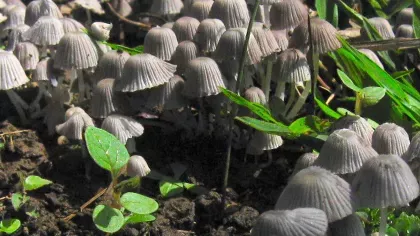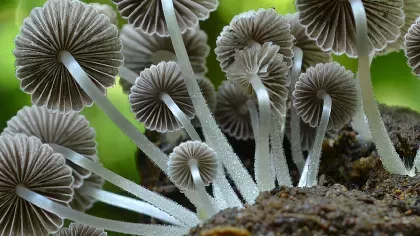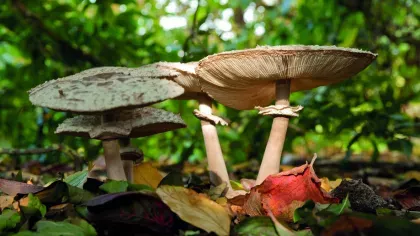22 July 2022
Fungi in the Neotropics: on the move for millions of years
New research looks at the origin of a tree-symbiotic group of fungi in the tropical Americas

The vast tropical part of the Americas is called the “Neotropics”. This area harbours an exceptional number of species and understanding this diversity has been a key challenge of evolutionary biology.
Scientists want to understand whether most of these species evolved recently or a long time ago, whether they originated in the place they are found or if they moved in from other areas, and how these dynamics differ from other regions.
They do this by analysing their DNA and studying the evolutionary relationships between species. Most research in this area has focused on plants and animals. This, however, means a big part of natural diversity is missing, the “forgotten kingdom”: fungi.
Fungi perform key roles in the world’s ecosystems. For example, certain groups associate with the roots of trees and provide them with nutrients in a symbiosis called mycorrhiza. One particular type of this symbiosis, ectomycorrhiza, mainly involves trees. While more common in the temperate zone, it is also found in tropical areas but still insufficiently studied there.
Adding fungi to the picture
In our latest research, we wanted to know how and when ectomycorrhizal fungi emerged in the Neotropics.
We focused on one family of fungi, the Russulaceae, found worldwide in temperate and tropical areas. Well known members include the often brightly coloured brittlegills (Russula) and the latex-bearing milk caps (Lactarius and Lactifluus).

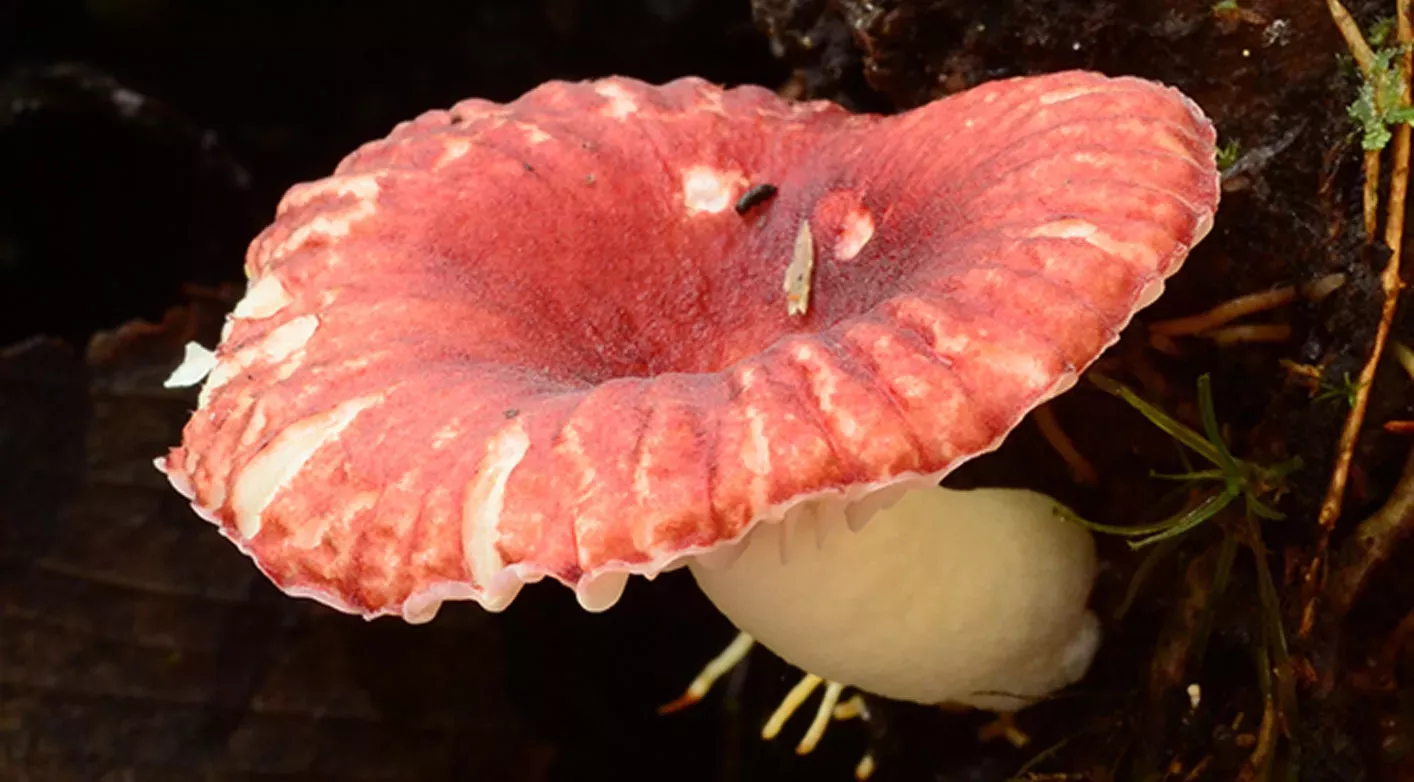
Like most fungi, it is thought that there are many species in this group yet to be described by scientists. However, undescribed species are often known from DNA that has been extracted from fruiting bodies, soil or tree roots.
We capitalised on this “environmental DNA” available in public databases and compiled almost 30,000 DNA sequences. To this, we added new genetic data from specimens deposited in a fungarium or collected by our group over the last few years.
Our large group of collaborators went foraging for fungi in areas such as the Andes of Ecuador and Colombia, the Atlantic forest of Brazil, and the Caribbean islands of Guadeloupe and Martinique. I, myself, visited the Nouragues Nature Reserve of French Guiana. Our fieldwork also involved indigenous communities, such as the Patamona of the Pakaraima mountains in Guyana.

Through the tropical north, across the ocean and up the mountains
By combining all these data, we were able to estimate when and where different groups within the Russulaceae family evolved. We found that the group as a whole most likely has a tropical African origin, despite most species now occurring in the north-temperate zone.
From Africa, some lineages of Russulaceae spread to the Neotropics over 40 million years ago. This was a time when warm and humid climates extended across much of the now-temperate zone.
This means that species migration, perhaps involving both trees and their fungal partners, could have occurred through areas such as Greenland, now covered in ice.
We also showed that some South American species split from African relatives only very recently. This indicates that their ancestors most likely crossed the Atlantic ocean, potentially as spores or attached to the roots of rafting trees.
Species from the Andes, in turn, are only distantly related to those of lowland South America. They most likely colonised the mountains with north-temperate oak and alder when the Andes rose rapidly, a relatively short geological time ago.
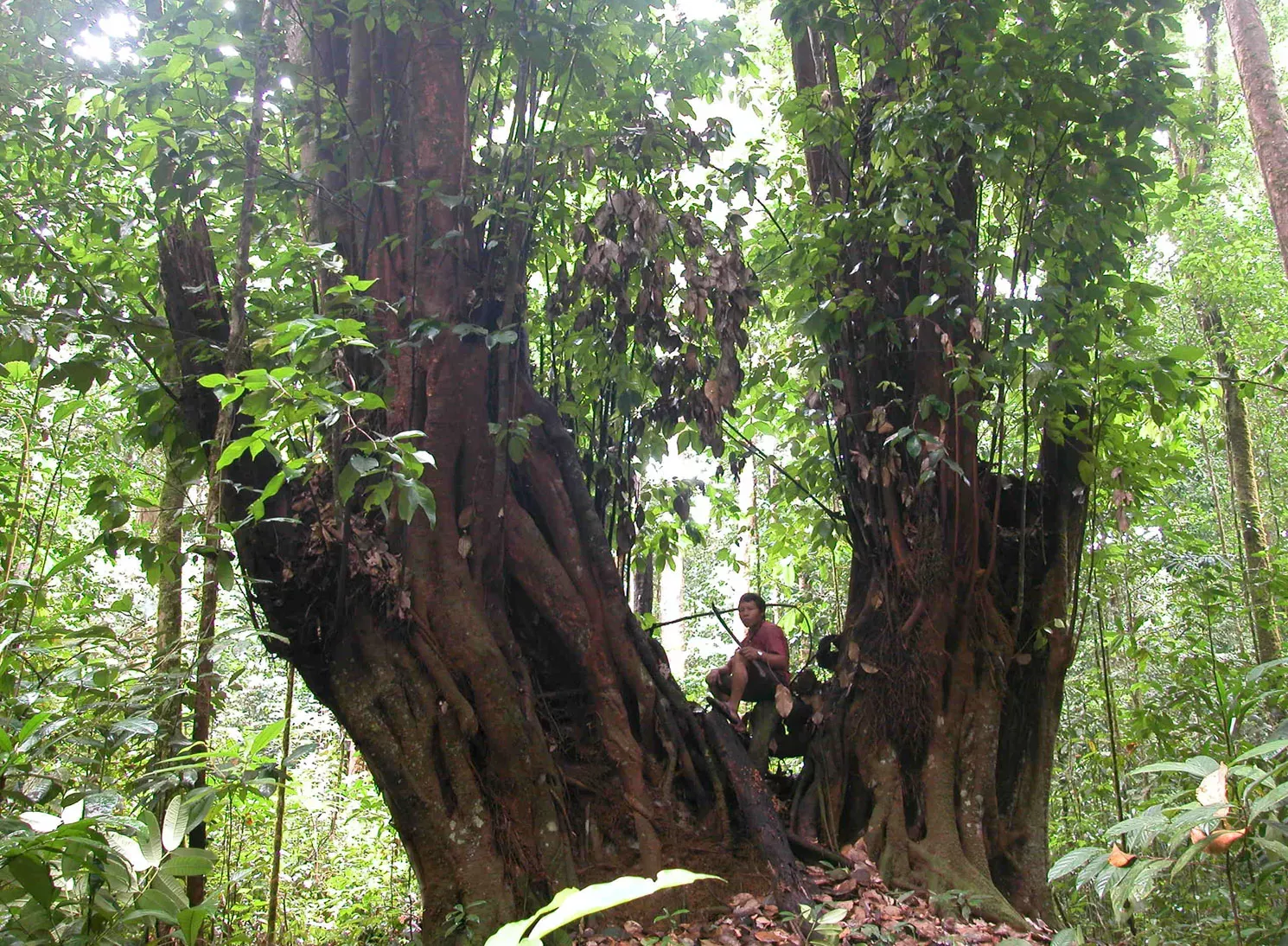
Documenting fungi and their ecological importance
Understanding the evolutionary relationships between species is perhaps just as important as describing the species themselves. Species that have been separated for a long time are likely to have evolved different characteristics and may now play unique roles in natural ecosystems. Evolutionary history can help us to prioritise species for conservation.
In the Neotropics, natural forests are sadly being rapidly destroyed. Some may be lost before we even know their fungal diversity. Documenting this diversity, with all its ecological and evolutionary complexity, is therefore crucial.
Read the paper
Hackel, J., Henkel, T.W., Moreau, P., et al. (2022) Biogeographic history of a large clade of ectomycorrhizal fungi, the Russulaceae, in the Neotropics and adjacent regions. New Phytologist, in press.
Learn more about tropical fungi
Macrofungi of Northern Gondwana – Terry Henkel/Cal Tech Humboldt

